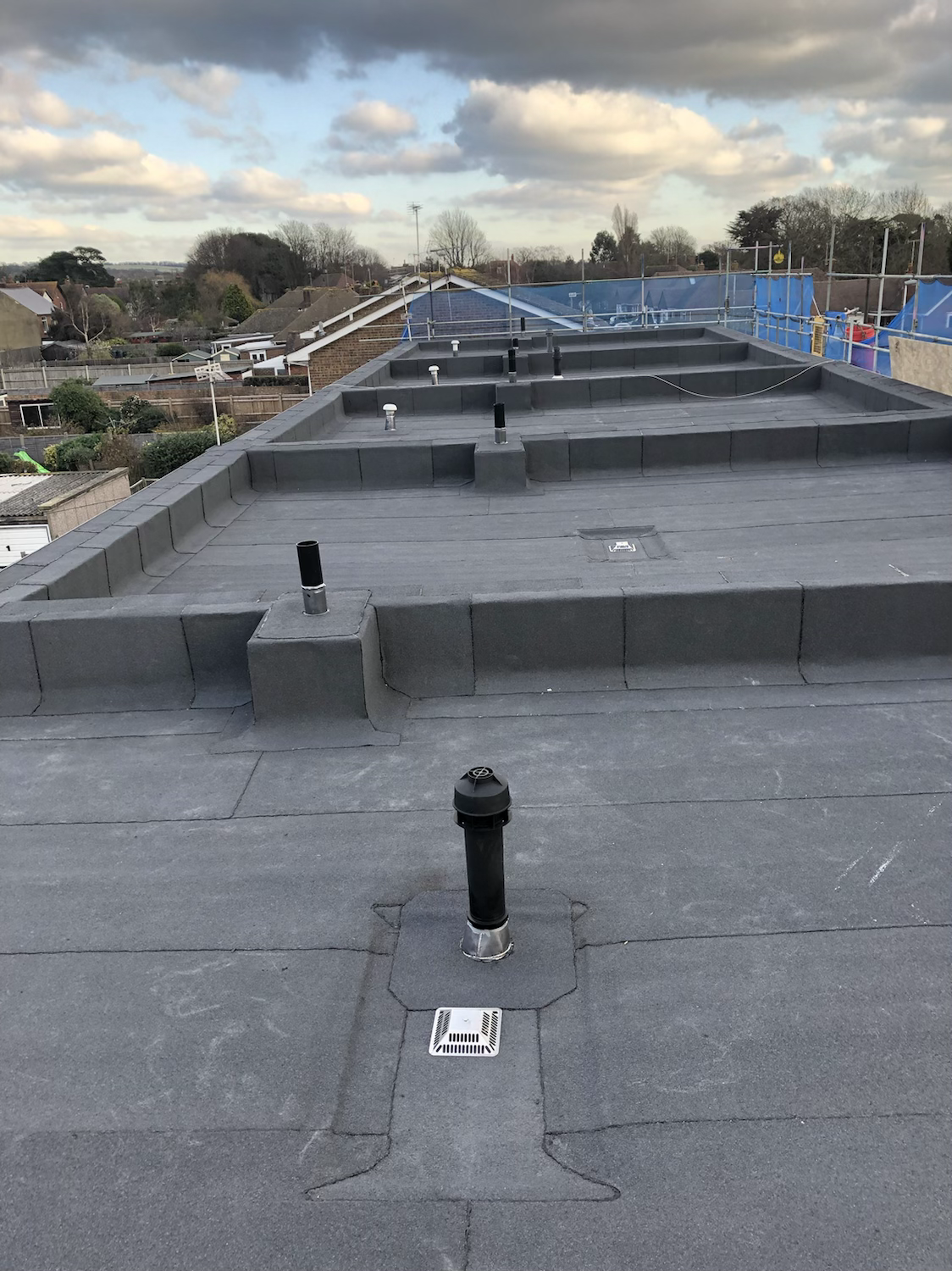Uncovering the Source: Expert Tips for Identifying and Repairing a Leaking Roof
- Matt Rayner

- Oct 18, 2024
- 3 min read
A leaking roof can feel like a disaster for any homeowner. It doesn't just threaten the structure of your home—it can also lead to interior damage that might cost thousands to fix. This guide will help you pinpoint the source of your leak and provide actionable steps for repairing it quickly and effectively.

Understanding the Causes of Roof Leaks
To fix a leak, you first need to know what causes them. Common culprits include aging materials, poor installation, damaged flashing, and clogged gutters.
Aging Materials: Asphalt shingles typically last about 20 to 25 years. As they age, you may notice cracks, curling, or loss of granules—signs that your roof may leak soon.
Improper Installation: Many leaks happen because the roof was not installed correctly. In fact, 60% of roofing failures can be traced back to installation errors.
Flashing Issues: Flashing protects seams but can rust or crack over time. A well-sealed flashing is critical; issues here can lead to significant leaks.
Clogged Gutters: When gutters are packed with debris, they can’t direct water away from your roof effectively. Studies show that 75% of roof leaks are related to gutter issues.
Identifying the Source of the Leak
Finding where a leak starts can be tricky. Here are some straightforward tips to help you:
Check the Attic: Start by inspecting your attic on a dry day. Search for any water stains, mold, or discoloration on the wood beams. This can often point you directly to the leak.
Inspect the Roof Surface: Use binoculars to check your roof from the ground. Look for missing, warped, or damaged shingles. Cracks or holes could also be the main sources of leaks.
Examine the Flashing: Look closely at the areas where the roof meets walls or chimneys. Cracks or rusted spots in the flashing are red flags that may need immediate attention.
Check Your Gutters: Make sure your gutters are clean and tightly secured. Improperly attached or overflowing gutters can lead to water pooling around the edges, causing leaks.
If after checking all these areas you still can't find the leak, consider hiring a professional for a thorough inspection.
Safety First: Preparing for Repairs
Safety is paramount when tackling roof repairs. Here’s how to prepare:
Wear Proper Gear: Equip yourself with a hard hat, slip-resistant boots, and a harness to avoid falls.
Check the Weather: Make sure to schedule repairs for a clear day. Wet roofs can be treacherous.
Gather the Right Tools: Common tools you may need include a utility knife, roofing nails, a hammer, and roofing cement. Getting everything together beforehand will save time.
Repairing a Leaking Roof
Once you've identified the source, you can begin the repair process based on what you found:
Shingle Repair
If damaged shingles are the issue, remove the broken shingle with your utility knife. Apply roofing cement underneath and place a new shingle on top. Secure it with roofing nails and seal the nail heads with roofing cement.
Repairing Flashing
For flashing that has seen better days, remove the old material completely. Clean the area thoroughly. Install new flashing, ensuring it overlaps with shingles correctly. Seal the edges with roofing cement for extra protection.
Gutter Maintenance
If clogged gutters are to blame, clean them out completely. Make sure they slope properly towards downspouts for optimal drainage.
Preventative Measures
Once you’ve fixed the leak, take steps to prevent future problems:
Regular Roof Inspections: Check your roof and gutters at least twice a year and especially after storms.
Maintain Your Gutters: Cleaning gutters and downspouts regularly helps keep them functional.
Upgrade Materials: If your roof is nearing the end of its lifespan, consider higher-quality materials that offer better durability.
Install a Roof Coating: Applying a roof coating can provide an additional barrier against leaks and extend the life of your roof.
Final Thoughts
Addressing a leaking roof can seem overwhelming, but understanding the causes and following the right steps can make the process smoother. Regular maintenance and preventive measures not only save you time and money but also reduce the stress that comes with roof repairs.
If you're ever unsure, don't hesitate to call in a professional. Your home deserves the best care, and addressing leaks quickly can prevent more extensive damage down the line.
With these tips and insights, you'll be well-equipped to find and repair any leaks, keeping your home safe and dry.





Comments